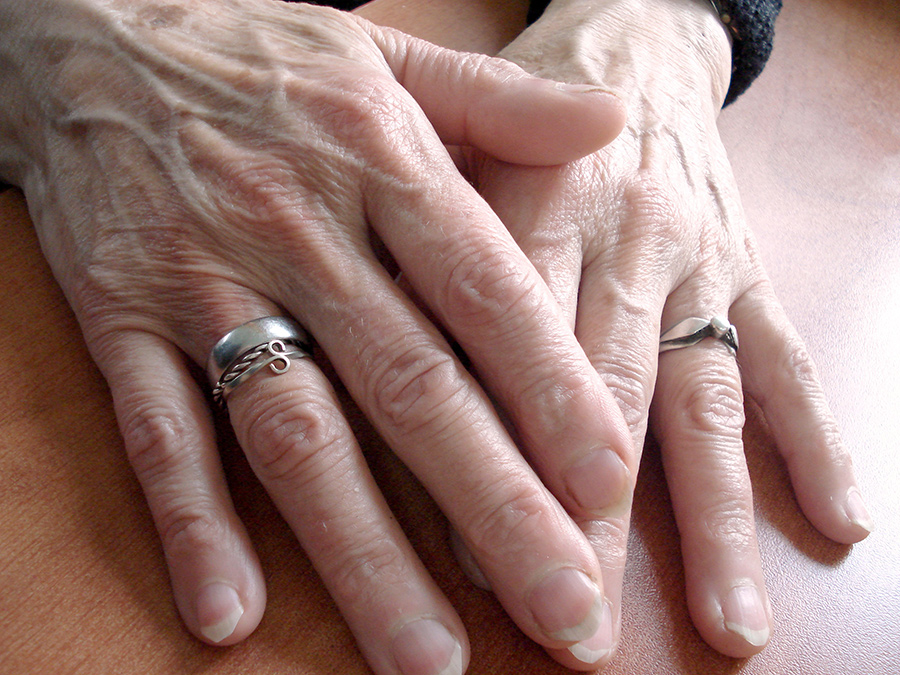A Caregiver story
To have and to hold, from this day forward, for better, for worse, for richer, for poorer, in sickness and in health, until death do us part.
In sickness and in health. When you recite these words no one really understands how hard “in sickness“ can be.
Mary had been married to Pat for over 60 years. They lived a life of adventure and companionship, experiencing everything together. Mary could count on one hand the number of nights they spent apart. They lavished in each other’s company but still maintained their unique friends and hobbies. Mary was an avid bridge player and played several times a week. Pat was an enthusiastic reader and was often absorbed in the latest espionage novel.
When Pat was diagnosed with dementia, Pat and Mary’s life changed dramatically, yet Mary was adamant she would care for him at home, as he pleaded not to be sent to a long-term care facility. No one, especially Mary knew how difficult this would be.
Life changes on a dime. Help and support were abundant at the beginning, but as time went on the dinner invites and social invitations started to fade away. It was painful to watch Pat, a vibrant man, start to deteriorate and change from the man he once was. Days became longer for Mary, she could not leave Pat unattended, and bridge games had to be cancelled… The physical care for Pat became both physically and mentally exhausting. Mary found keeping her promise was becoming more difficult. Mary felt isolated and alone. Their plans for the future were disappearing as quickly as Pat’s ability to remember. “In sickness” was much harder then she could have ever imagined.
Mary knew she needed to seek help. Her commitment to keeping Pat at home was as strong as ever, however, the reality was that it was hard, and she would not be able to do it without help. Mary found a program to support dementia patients and their caregivers. In this program, Mary found other caregivers who echoed her experiences. Here she found a safe place to share her fears, challenges, and yes, even her anger at the burdens of caregiving. She had a community that understood what she was going through, and she could reciprocate those feelings back.
The community program introduced Pat to a volunteer named Sid. Sid’s wife died of dementia and he sympathized with the complications of caring for a loved one. Sid had given Pat the gift of a new friend that he could share stories and memories with, and Mary a reprieve to do errands or just cocoon in her room and recharge.
The community program provided Mary with respite several days a week so she could resume her bridge games and regain a semblance of normal.
Mary was encouraged to care for herself as well, to make a list of things she needed help with, so when friends or family called she could accept their help and not feel she was a burden. Mary was encouraged to practice self-care; keeping physically active and participating in activities that she enjoyed. Caring for herself gave her the ability to care for Pat.
Until death do us part…..Pat died just hours before being admitted into hospice. Mary kept her promise to keep him out of a care home. She did not do this alone; she did this with the support of a caring community, which she allowed into her world to give her support.

